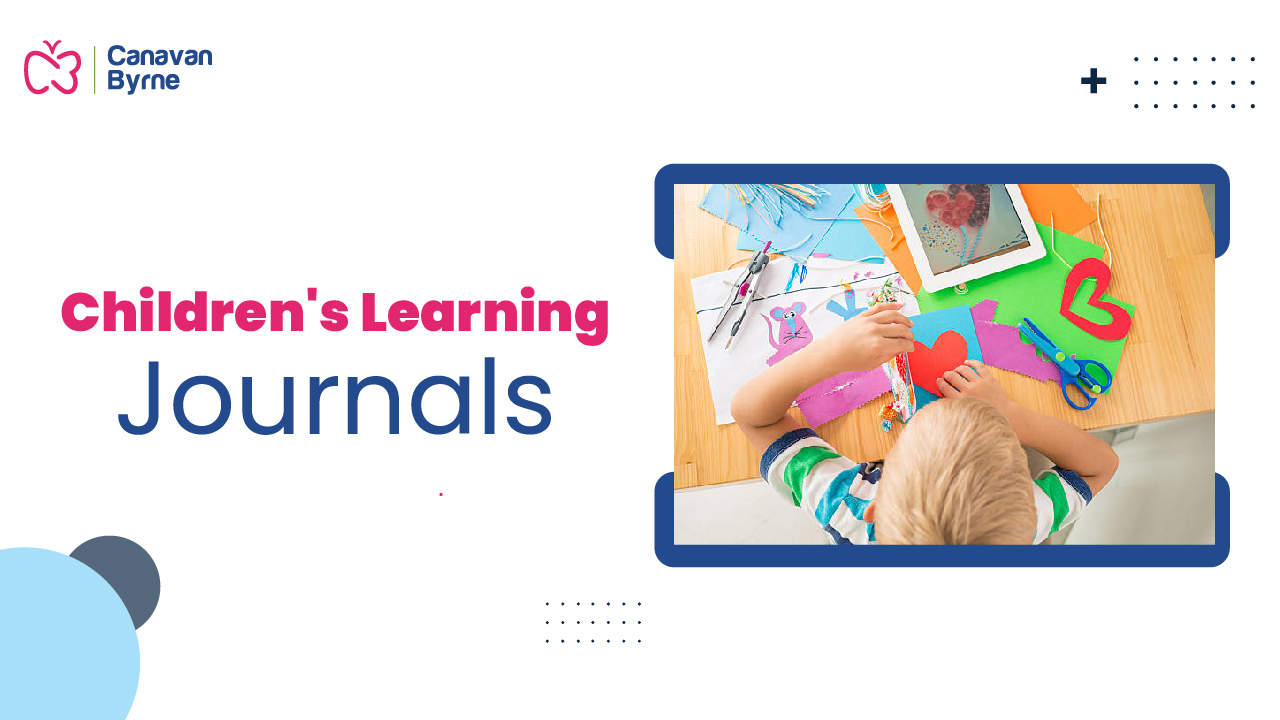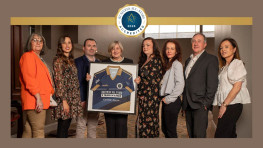
There are different ways to store and record children’s time spent in early years settings. Apart from logs of the day for parents, most preschool services use Learning Journals or Portfolios to record children’s progress.
WHAT IS A PORTFOLIO?
A Portfolio is a fantastic tool to show a child’s growth over time. It shouldn’t be just a storage for artwork- it has so much more potential. Think of the Portfolio as a meaningful collection of evidence that demonstrates a child's accomplishments, efforts, and development throughout time in your setting. It provides an opportunity for each child to create their own unique story of personal milestones, interactions with their peers and their ways of learning.
Portfolios might include things like:
WHAT IS A PORTFOLIO?
A Portfolio is a fantastic tool to show a child’s growth over time. It shouldn’t be just a storage for artwork- it has so much more potential. Think of the Portfolio as a meaningful collection of evidence that demonstrates a child's accomplishments, efforts, and development throughout time in your setting. It provides an opportunity for each child to create their own unique story of personal milestones, interactions with their peers and their ways of learning.
Portfolios might include things like:
- Pictures of the child participating in activities, social events etc
- Recordings or descriptions of dialogues with educators and peers
- Pieces of art and drawings
- Anecdotal notes or observations
- Aistear’s Learning stories
- Links to Aistear
Each component should be thoughtfully chosen to reflect the growth and development of each child. For example, a self-portrait at the beginning of the year and one at the end of the year will demonstrate how the child’s progressed over time.
BENEFITS OF LEARNING JOURNALS
It might to look like to some, that Learning journals are only a nice keepsake at the end of the year for parents, but there is much more involved.
Learning journals are collaborative tools for working between families, educators, and the child. It demonstrates a child’s learning journey, highlighting their beginning in a service, their development over time, and interests. A Learning journal gives an Educator the chance to reflect on the activities and curriculum and to plan for the future with a focus on child’s emerging interests and individual needs. Child learning journals are useful resources for staff to meet each child's requirements as they develop, and for parents to understand their child's development thanks to the extensive information they contain.
On the other hand, giving children access to their learning journals will allow them to monitor and evaluate their own learning process and support them in taking responsibility for it.
WHAT MAKES A GOOD LEARNING JOURNAL?
It can be difficult to decide what and how much to include in the journals. There is no right or wrong way to record this. However, some useful tips include:
BENEFITS OF LEARNING JOURNALS
It might to look like to some, that Learning journals are only a nice keepsake at the end of the year for parents, but there is much more involved.
Learning journals are collaborative tools for working between families, educators, and the child. It demonstrates a child’s learning journey, highlighting their beginning in a service, their development over time, and interests. A Learning journal gives an Educator the chance to reflect on the activities and curriculum and to plan for the future with a focus on child’s emerging interests and individual needs. Child learning journals are useful resources for staff to meet each child's requirements as they develop, and for parents to understand their child's development thanks to the extensive information they contain.
On the other hand, giving children access to their learning journals will allow them to monitor and evaluate their own learning process and support them in taking responsibility for it.
WHAT MAKES A GOOD LEARNING JOURNAL?
It can be difficult to decide what and how much to include in the journals. There is no right or wrong way to record this. However, some useful tips include:
- Plan and get organized – Update learning journals on a regular basis, to keep high standards. The quality is less likely to be achieved if the learning portfolios are done under pressure or when you try to reflect on things that may have happened in the past. Less accuracy could lead to a less informative documentation of the child’s journey.
- Include all achievements – Learning journals should be versatile. Try to avoid completing them with only one type of work. They should include pictures, little anecdotal notes, artwork, learning stories and so on.
- ‘Wow’ moments - Try to document the moments which are the most meaningful for that individual child. For example, including achievements, special celebrations.
- Child involvement – Let children have access to their journals. It gives them a great chance to reflect, and you can even document some of the comments they make. Let them draw or decorate some of the pages if they like to keep it personal.
- Parental involvement is highly recommended. Sharing observations, learning stories and other achievements with parents gives them the feeling of engagement and a sense of pride in their child’s learning path. You should encourage them to make their own little notes/comments.
Learning journals are not only an excellent tool for documenting a child’s individual pathway. It also shows the high quality of the service, and the dedication of all staff in collaboration with parents. The great feature about learning journals is that are so different and unique going from one setting to another which makes them even more special.
Learning Journals are available from the Early Years shop, here: https://earlyyearsshop.ie/?s=learning+journals&post_type=product&type_aws=true
Learning Journals are available from the Early Years shop, here: https://earlyyearsshop.ie/?s=learning+journals&post_type=product&type_aws=true
Share this article



